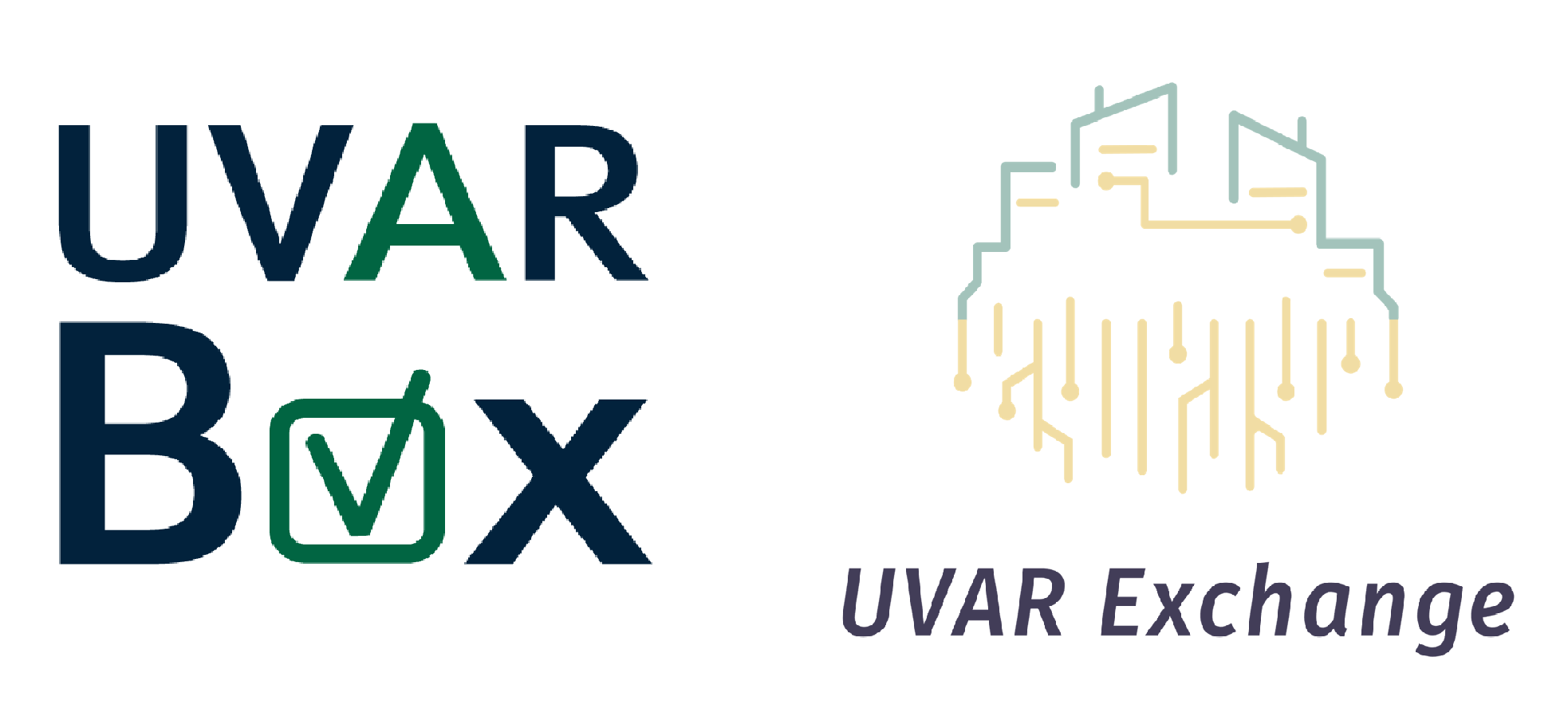Digitising urban vehicle access regulations (UVARs) in several European countries is a significant task, which can only be achieved with the support of a strong community of local and national experts. A first step has been taken in late 2020 with the first UVAR Box workshop, which catered as an introduction session for the project.
After a brief welcome and an overview of the project, provided by the coordinator Pedro Barradas from ARMIS, the country coordinators had the chance to present themselves. In the framework of the UVAR Box project, this group of experts do function as ‘country coaches’. Each ‘coach’ has the task to coordinate the digitisation process for its respective country. Therefore, a good connection between cities, region,s local-. and national stakeholders and the country coach is essential.
Throughout the two-hour long online workshop, the other side had plenty of opportunities to raise questions and present local challenges, as well as solutions for UVARs. Antwerp, Amsterdam and Gothenburg showcased their extensive digitising process. These time- and resource-intensive endeavours of creating a digital map of UVARs took many years to finish. Thus, these cities expressed their excitement to provide their data to a European entity and to use a standardised format. Nevertheless, the representatives also raised awareness of the pitfalls of UVARs. Significant difficulties can occur on a detailed level, for example, if a street with access regulation is bridging a non-UVAR street.
Thus, companies like TomTom presented their approach to depict UVARs on satellite navigation software and devices. Other expert groups, like the International Road Transport Union, representing the private road transport sector, and a group of national access points had the chance to present their position as well.

